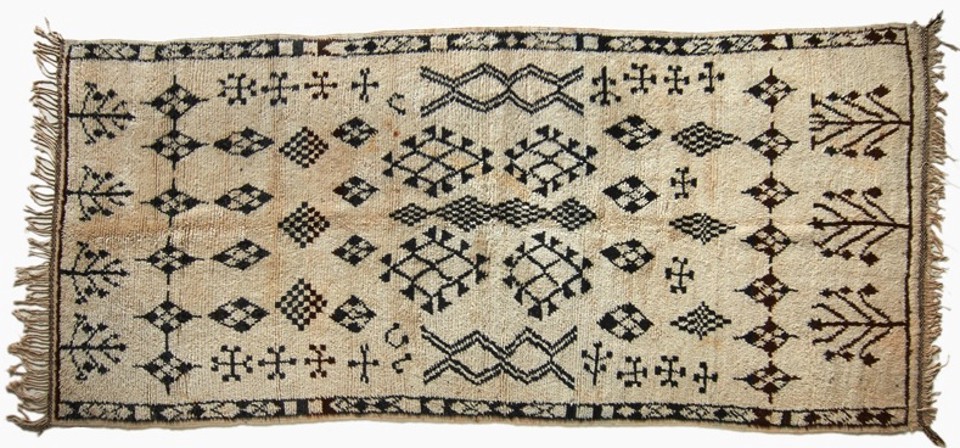
Berber Rugs Have Stories to Tell

To the untrained or uneducated eye, aside from their colors, Berber rugs are renowned only for their bold and striking patterns. In many countries, a pattern is simply that, a series of shapes that have no meaning other than to provide visual appeal.
If that is how you look at a Berber rug, then you are missing out on so much, as every patterned rug also has a story to tell, as we know all too well at Beni Ouirain Outlet.
These rugs contain a symbolic language that has been passed down through generations, each tribe having its own ‘language’. A Berber rug can take up to a year to complete, and within it the women of the tribe will use various geometric designs, as in the images we have provided, to depict such things as femininity, spirituality, masculine protection, etc. and the combination of symbols are used almost as a form of autobiography of the weaver’s life, from beginning to end.

There then comes the question of color and, as you may well know, only plant and vegetable dyes are used in Berber rugs, such as henna, indigo, saffron and madder root. In Berber culture, strength and protection are represented by red, wisdom is represented by blue, eternity is represented by yellow, and peace is represented by green.
With individual tribes having their own secret meanings behind much of the symbolism, while the creation and inclusion of these symbols in more modern Berber rugs remains, the meanings for many have been lost through the passage of time. What is widely accepted is that much of the symbolism relates directly to man, woman, their unison and the resultant bearing of children.
One has to be highly respectful of any translations provided for images on Berber rugs as, so often, there are no words in the English language, or any other language for that matter, that can stand for a direct translation of many symbols used in Berber carpets.


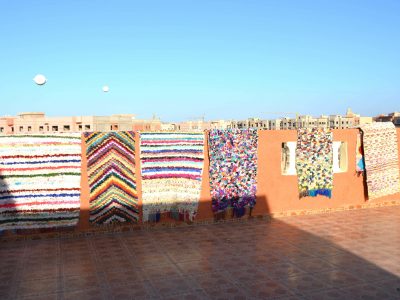

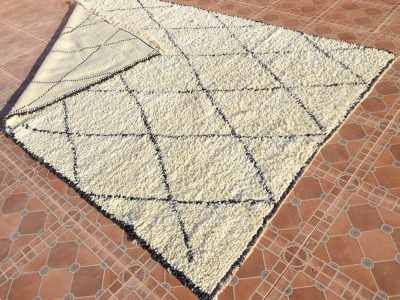
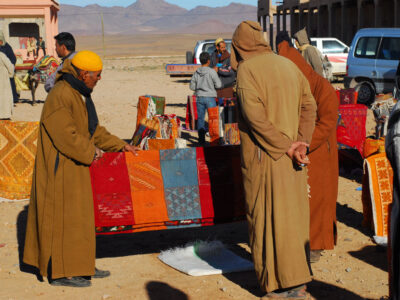
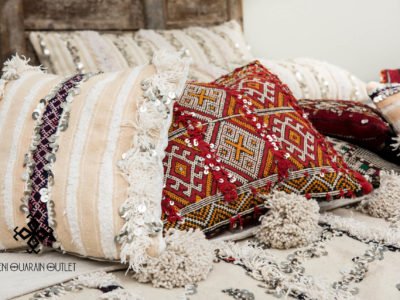
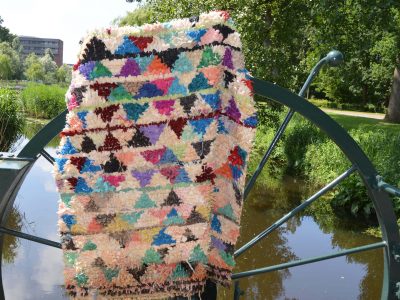
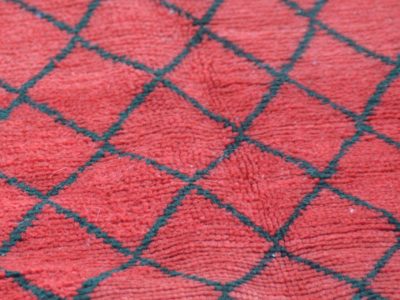
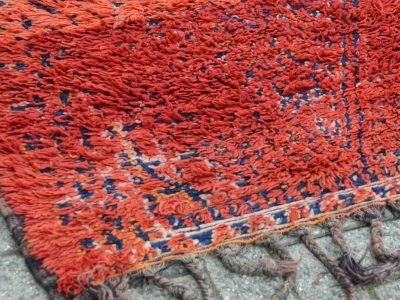
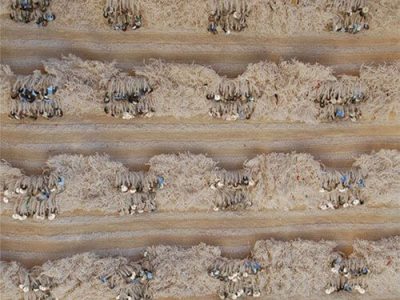
Recent Comments